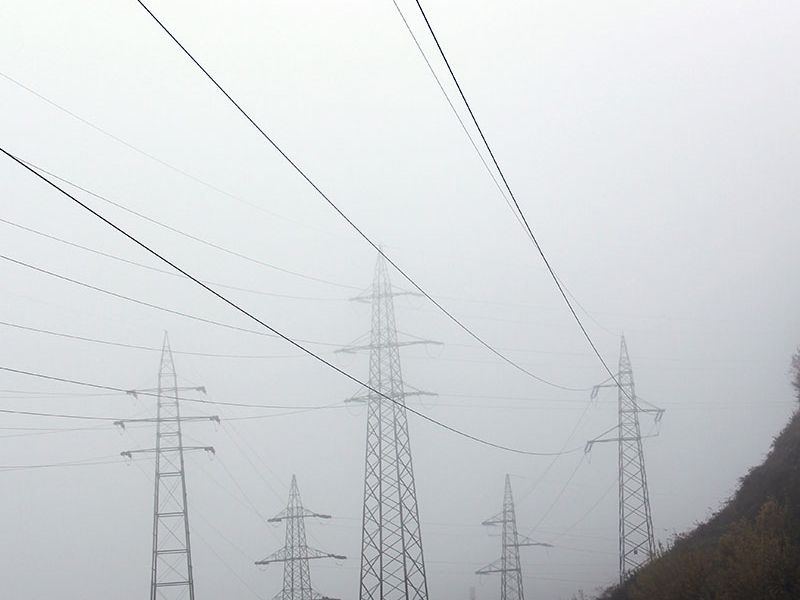Why mold testing is especially important for high-humidity areas

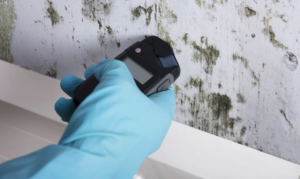 Mold is a serious issue that affects many homes and buildings, particularly those in high-humidity areas. High humidity levels provide an ideal environment for mold growth, which can have severe consequences for both the building’s occupants and the structure itself. This article will explore why mold testing is especially important for high-humidity areas, the dangers of mold growth, and prevention methods for avoiding mold growth.
Mold is a serious issue that affects many homes and buildings, particularly those in high-humidity areas. High humidity levels provide an ideal environment for mold growth, which can have severe consequences for both the building’s occupants and the structure itself. This article will explore why mold testing is especially important for high-humidity areas, the dangers of mold growth, and prevention methods for avoiding mold growth.
What is Mold?
Mold is a type of fungus that grows in damp environments. It reproduces by releasing spores into the air, which can spread quickly and easily throughout a building. There are many different types of mold, some of which can be toxic and pose a serious health risk to humans and animals. Mold can grow on almost any surface, including walls, floors, and ceilings, and can cause significant damage to the structure over time.
High-Humidity Areas
High-humidity areas are those with a relative humidity level of 60% or higher. Examples of high-humidity areas include bathrooms, kitchens, laundry rooms, basements and crawlspaces. These areas are more susceptible to mold growth because moisture on surfaces provides an ideal environment for mold to thrive. High humidity levels can also lead to health issues, including respiratory problems and allergies.
The Importance of Mold Testing
Mold testing is the process of identifying the type and amount of mold present in a building. This is done by taking air and/or surface samples and sending them to a laboratory for analysis. Mold testing is important because it can identify hidden mold growth that may not be visible to the naked eye. It can also identify the type of mold present, which can sometimes be important from a medical standpoint.
Signs of Mold Growth
Visible signs of mold growth include black, green, or white patches on walls, floors, or ceilings. Another sign of mold growth is a musty odor, which is caused by the release of microbial gases released in the air by molds. Health symptoms associated with mold exposure include respiratory problems, allergies, headaches, dizziness, brain fog/confusion and fatigue.
Prevention of Mold Growth in High-Humidity Areas
Preventing mold growth in high-humidity areas involves controlling humidity levels, ensuring proper ventilation, and regular cleaning. Humidity levels should be kept below 60% by using dehumidifiers and air conditioning systems. Proper ventilation can be achieved by using exhaust fans in bathrooms and kitchens, and opening windows to allow fresh air to circulate. Regular cleaning should include wiping down surfaces with a solution of soap and water, to remove dust (mold food) and mold spores. Additionally, any leaks or water damage should be repaired immediately to prevent mold growth. Vinegar and bleach should be avoided as they release toxic fumes into the air (acetic acid and chlorine respectively).
Hiring a Professional Mold Testing Service
While it is possible to test for mold on your own, hiring a professional mold testing service is highly recommended. These services have specialized equipment that can detect even small amounts of mold that may be hidden from view. They can also provide a detailed report on the type and amount of mold present, as well as recommendations for remediation.
When choosing a mold testing service, it is important to do your research and choose a reputable company with experience in testing for mold. Look for companies that are certified by organizations such as the IICRC or ACAC. interview the prospective mold inspector and find out if the HVAC components will be tested, if walls and plumbing cavities will be tested. Field experience has now shown that air samples are not effective at finding mold in homes. The cost of mold testing can vary, depending on the size of the building and the extent of the testing required.
During a mold inspection, the professional tester will take air and/or surface samples from various areas of the building (under kitchen sink, behind dishwasher, under vanities, inside ducts, from carpeting, etc.). The samples will then be sent to a laboratory for analysis, and the results will be provided in a detailed report. This report will include information on the type and amount of mold present, as well as recommendations for remediation.
Conclusion
In conclusion, mold growth is a serious issue that can have significant consequences for both the building’s occupants and the structure itself. High-humidity areas are particularly susceptible to mold growth, making mold testing especially important in these areas. Prevention methods such as controlling humidity levels, proper ventilation, and regular cleaning can help prevent mold growth. Hiring a professional mold testing service is highly recommended to ensure the most accurate and comprehensive results. By taking these steps, you can protect your home or building from the dangers of mold growth.
For more information about mold testing in high humidity areas, contact Indoor Environmental Testing, Inc. at (800) MY-AIR-TEST.
Related Posts
Critical Alert: Nashville Commercial Air Quality Issues Could Be Costing You More Than You Think

Breathe Easier: Why a Nashville Air Quality Test Could Transform Your Health
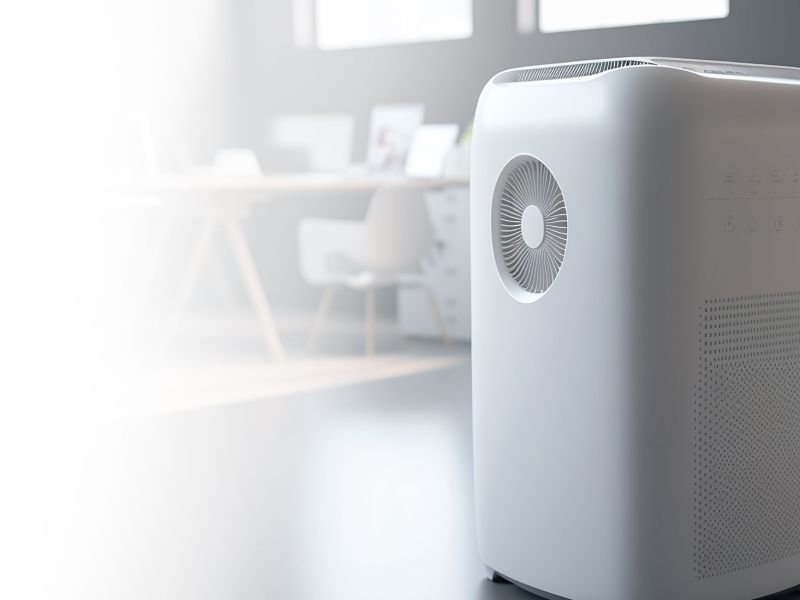
Worried About Mold? Nashville Mold Testing Can Give You Peace of Complete Mind
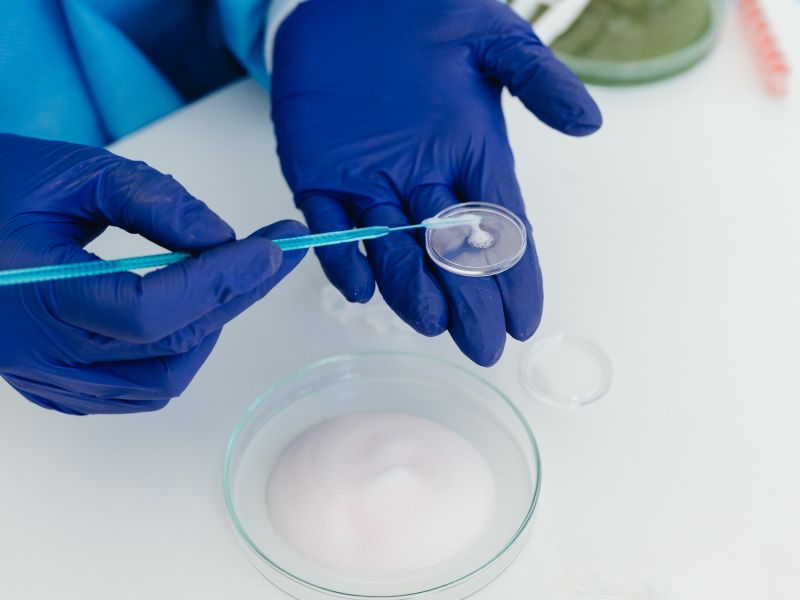
Nashville Mold Inspection Guide: Discover the Alarming Signs You Can’t Ignore
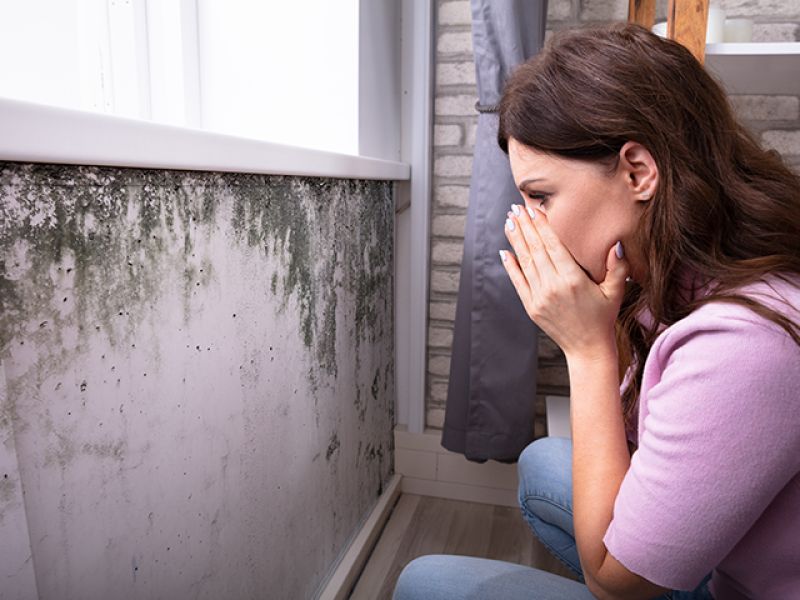
Hidden Dangers? Why Nashville EMF Testing Is Gaining Urgent Attention
